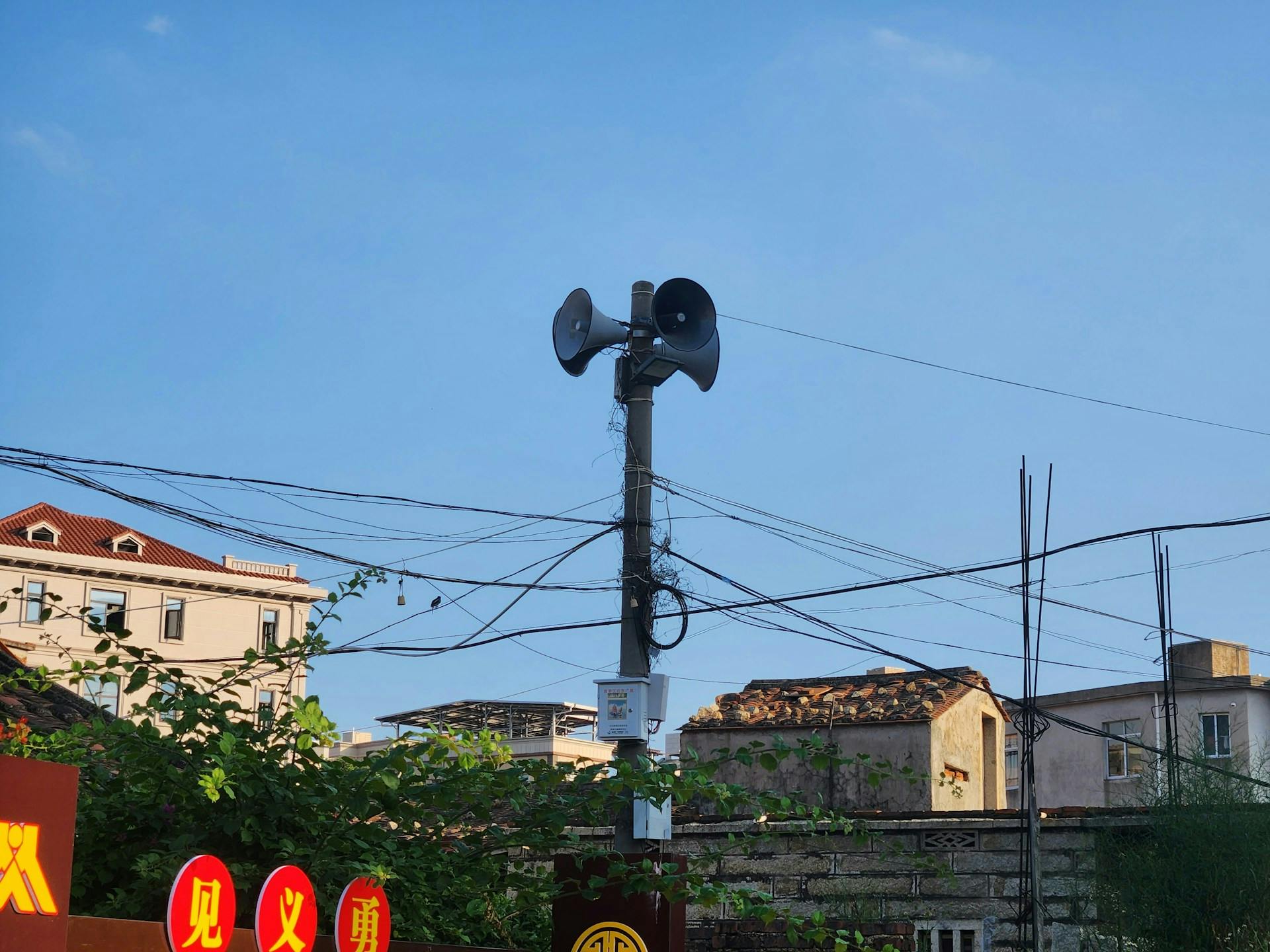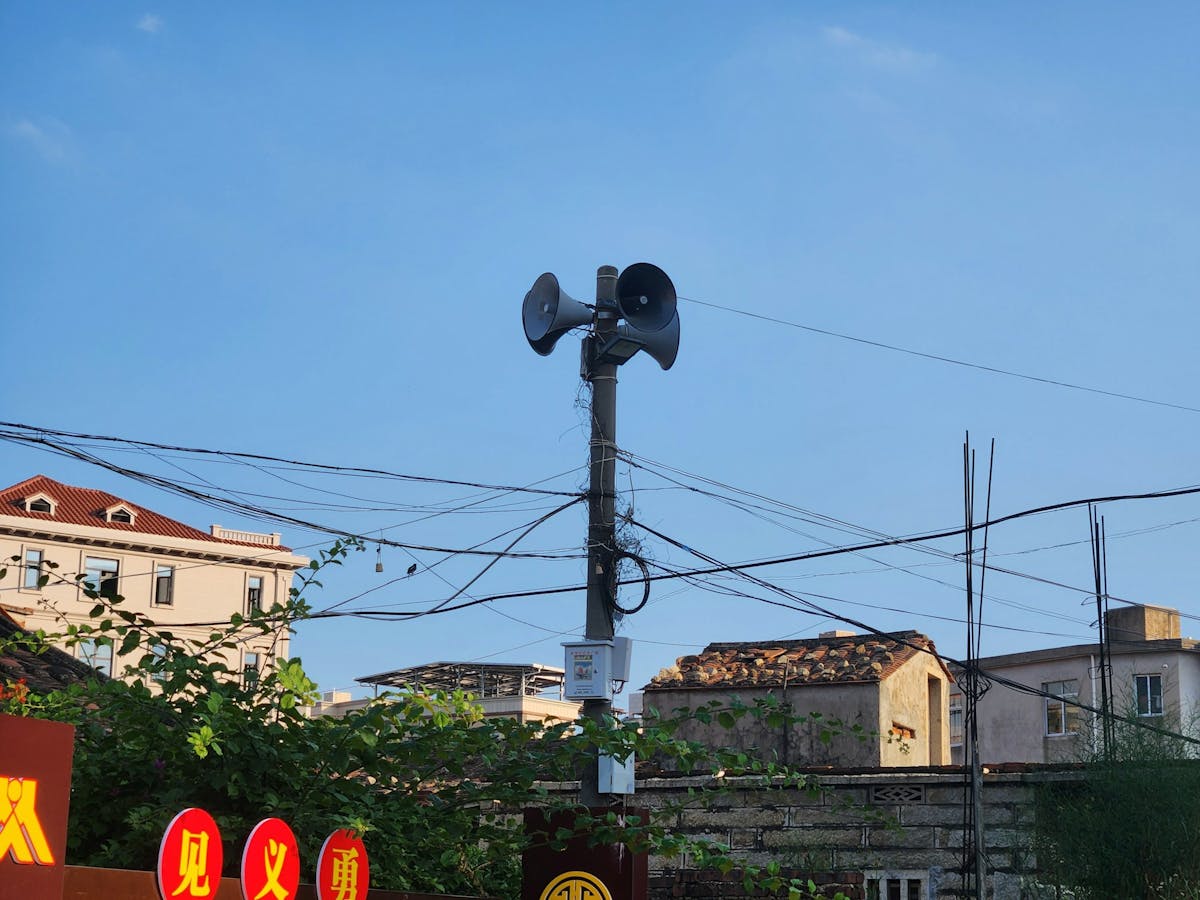How To Alert Employees At Specific Locations


Alert location systems deliver targeted messages to employees based on their precise locations. For scattered non-desk teams, alert location tools have become essential for everyday communication and emergencies. Workplace communication has come a long way from the days of bulletin boards, email chains, and phone trees.
Modern alert location systems can instantly send location-specific alerts, keeping far-flung teams safer and better connected. This evolution reflects the growing need for reliable, instant communication that works in any environment.
This is where SMS-based alert location systems shine because they work on any mobile phone, providing effective SMS text alerts without the need for smartphones, internet, or app downloads. This matters for teams working in remote areas with spotty connections or without company phones.
The Need for Alert Location Systems in Modern Workplaces
Managing teams spread across different locations creates unique challenges that affect safety and efficiency. Time zones make finding overlapping work hours difficult, delaying communications and putting projects at risk, especially during emergencies.
Different cultures and languages lead to misunderstandings and weaken team bonds. Without seeing each other face-to-face, trust becomes harder to build, leaving people feeling isolated. Missing non-verbal cues makes it tough to understand tone or intent.
Information gets scattered and inconsistent without proper employee notification systems. Teams in different regions often get different versions of company updates, creating knowledge silos that hurt coordination. Technology itself adds problems—spotty internet, compatibility issues, and more.
Crisis communication becomes nearly impossible without knowing where people are. During natural disasters or security threats, reaching team members in specific areas is a nightmare without targeted messaging. Sending precise location-based alerts can save lives.
Primary Applications of Alert Location Systems
Alert location systems serve multiple purposes across various industries, helping HR departments safeguard employees while improving operational efficiency. By alerting employees effectively, these applications transform how dispersed workforces communicate during routine operations and emergency situations.
Emergency and Safety Management
Alert location systems have transformed emergency response and workforce protection. Acting as mass notification systems, they use geofencing to send targeted warnings only to people in danger zones. During wildfires, chemical spills, or security threats, this precision prevents panic while protecting those at risk.
For outdoor workers, alert location systems deliver weather warnings with specific instructions based on how close they are to danger. During evacuations, these location services helps coordinators ensure nobody gets left behind. For lone workers in dangerous settings, SOS features can bring help directly to them.
Many systems include scheduled messages and templates, helping organizations prepare emergency protocols for faster responses when seconds count.
Operational Communications
Beyond emergencies, alert location systems make everyday operations run smoother. Adding location intelligence to routine communications helps organizations optimize workflows and reduce disruptions.
Managers can send shift updates only to specific workgroups based on their location, keeping messages relevant. Task assignments become more efficient—the closest qualified worker gets notified about a new task, cutting travel time and speeding up response.
For equipment maintenance, technicians receive alerts about nearby machinery needing attention, helping them prioritize effectively.
Advanced systems offer customizable templates, personalized variables, and scheduled messages to automate these processes. This automation frees managers from manual communication tasks so they can focus on bigger goals.
Team Coordination and Efficiency
Alert location systems help scattered teams work together better, serving as effective communication tools for deskless workers. These systems enable quick check-ins, letting managers verify staff locations without disruptive calls or messages.
Real-time status updates based on location improve resource allocation during normal operations and unexpected situations. Many platforms also include polling and survey features to gather feedback based on location. These tools boost engagement by showing employees their input matters while helping spot location-specific problems that might otherwise go unnoticed.
This spatial awareness creates better cohesion despite physical separation. Team members know where their colleagues are and who's available, improving collaboration and ensuring resources go where they're needed most.
Implementing an Effective Alert Location System
Successful implementation requires careful planning across technical, compliance, and organizational dimensions. HR departments must consider both the immediate deployment needs and long-term management requirements to ensure effective adoption throughout the organization.
Technical Requirements and Considerations
SMS-based alert location systems work on virtually any mobile phone without special hardware or software installations. Basic feature phones or sophisticated smartphones—all can receive SMS messages, making this perfect for organizations with different types of devices.
You'll need just a few basics:
- SMS Gateway Integration: Connect with reliable SMS gateways through their APIs for mass messaging.
- Simple Connectivity: SMS alerts work even in areas with poor internet or during outages, since they use cellular networks instead of data
- Low Bandwidth: SMS messages need minimal bandwidth, ideal during crises when networks get congested
Toll-free number approaches also offer cost advantages. Rather than employees paying for incoming messages, the organization covers these costs through their business SMS plan. This removes financial barriers and ensures everyone receives important communications.
Unlike solutions requiring extensive development, user onboarding, and regular updates, SMS-based alert location systems need fewer technical resources. No app store approvals, compatibility testing across operating systems, or dedicated IT support for installation issues.
Privacy and Compliance Factors
Setting up alert location systems requires careful attention to privacy and compliance:
- Data Protection Laws: Systems may comply with various regulations, like the General Data Protection Regulation (GDPR) in Europe and SOC 2 compliance. Focus on having legitimate reasons for processing location data beyond just getting consent.
- Clear Policies: Create straightforward documentation about how data is collected, used, and protected.
- Collect Only What's Needed: Gather only the data necessary for safety alerts. Avoid collecting extra details, and delete data when it's no longer needed.
- Strong Security: Implement robust security measures to protect sensitive employee data.
SMS-based alert location approaches can actually enhance privacy compared to constant GPS tracking. Capturing location information only when necessary rather than continuously monitoring movement, these systems better balance operational needs with personal privacy.
Implementation Strategies
The simplicity of SMS-based alert location systems is their advantage—users typically don't download anything, create accounts, or learn new interfaces. They simply receive and respond to text messages, something most already know how to do.
To successfully deploy an alert location system:
- Start Small: Begin with a pilot program in one department or location to identify issues before company-wide rollout. This helps gather feedback and refine the system with a smaller test group.
- Keep Training Simple: Choose solutions that need minimal training. The best systems let employees opt-in through simple text commands without complex setup.
- Get Feedback: Create clear channels for users to report issues or suggest improvements. Regular surveys after drills or actual emergencies provide valuable insights.
- Manage the Change: Clearly communicate how the system enhances personal safety rather than focusing on monitoring. Address privacy concerns openly and honestly.
For organizations with multiple locations, look for systems offering flexible multi-location management. This allows starting with one location and easily scaling to others as needed, without separate implementations for each new site.
Best Practices and Common Pitfalls
Implementing an alert location system requires careful planning and execution to achieve optimal results. HR professionals should understand both the factors that drive success and the obstacles that might hinder effective deployment of their emergency notification system.
Success Factors
Organizations that excel with alert location systems focus on these key factors:
- Clear Communication Policies: Define when alerts should be triggered, who can send them, and what they should include. This prevents confusion during important moments.
- Regular Testing: Confirm your system works when you need it most. Schedule routine drills to check both technical function and employee response. Teams that test regularly see much higher success rates during actual emergencies.
- Balance Automation with Human Judgment: Give you speed without sacrificing accuracy. While automated alert location systems save time, human verification helps prevent false alarms. Consider adding a verification step for non-urgent alerts.
Other effective strategies include:
- Using pre-configured templates for consistent messaging across scenarios
- Using built-in polling to gather feedback and confirm employee safety
- Setting appropriate permissions that distinguish between manager and administrator access
- Using analytics to refine communication strategies based on delivery and response data
Organizations that build a safety-focused culture around their alert location system see the highest adoption. Regularly communicate the system's importance, share success stories, and ask for team feedback.
Potential Challenges
Several common challenges can arise when implementing alert location systems:
- Alert Fatigue: Happens when employees receive too many notifications and start ignoring them—even important ones. Prevent this by ensuring employees only receive alerts relevant to their location and role.
- Technology Adoption Barriers: Vary across different workforce demographics. Some struggle with new technology while others worry about privacy. SMS-based alert location systems work well since they function on any phone without requiring downloads or technical knowledge.
- System Failures: Can occur during the very emergencies when communication matters most. Develop backup procedures, alternative communication channels, and clear escalation processes. Enterprise-grade security features help maintain reliability during important situations.
- Scaling Across Diverse Locations: Presents challenges, especially for international operations. Look for platforms with multi-location management that support different languages, time zones, and regulations. These systems offer centralized control while accommodating local needs.
Anticipate these challenges when implementing your system and build contingency plans. With thoughtful planning and regular refinement, these potential pitfalls become manageable.
Stay Connected: Transform Your Workforce Communications Today
Alert location systems bring major benefits to organizations with scattered workforces. They enhance safety by delivering timely, targeted alerts during emergencies. When every second counts, sending precise, location-specific information can be the difference between safety and danger.
Despite physical distance, SMS-based alert systems help teams stay connected and coordinated, especially field employees who might otherwise feel overlooked or out of the loop. Yourco’s SMS-based platform is built specifically for the non-desk workforce that traditional tools often leave behind. It lets you send real-time, location-aware alerts to workers instantly, without relying on internet access, app downloads, or technical know-how.
But Yourco isn’t just built for reach; it’s built for scale. Whether you're operating in multiple time zones, managing shift-based teams, or integrating with several HRIS systems, Yourco adapts to your structure. You can create custom groups that reflect specific roles, shifts, or teams—even within the same location—ensuring the right message reaches the right people at the right time.
Yourco also balances centralized control with local flexibility. Corporate offices can maintain oversight and standardize key communications while giving site managers the ability to tailor messages to their teams. With native support for 135+ languages, Yourco makes sure that no employee is left out of critical conversations, regardless of where they work or what language they speak.
Try Yourco for free today or schedule a demo to see how the right communication platform helps you stay connected, protect your people, and scale your operations with confidence.



